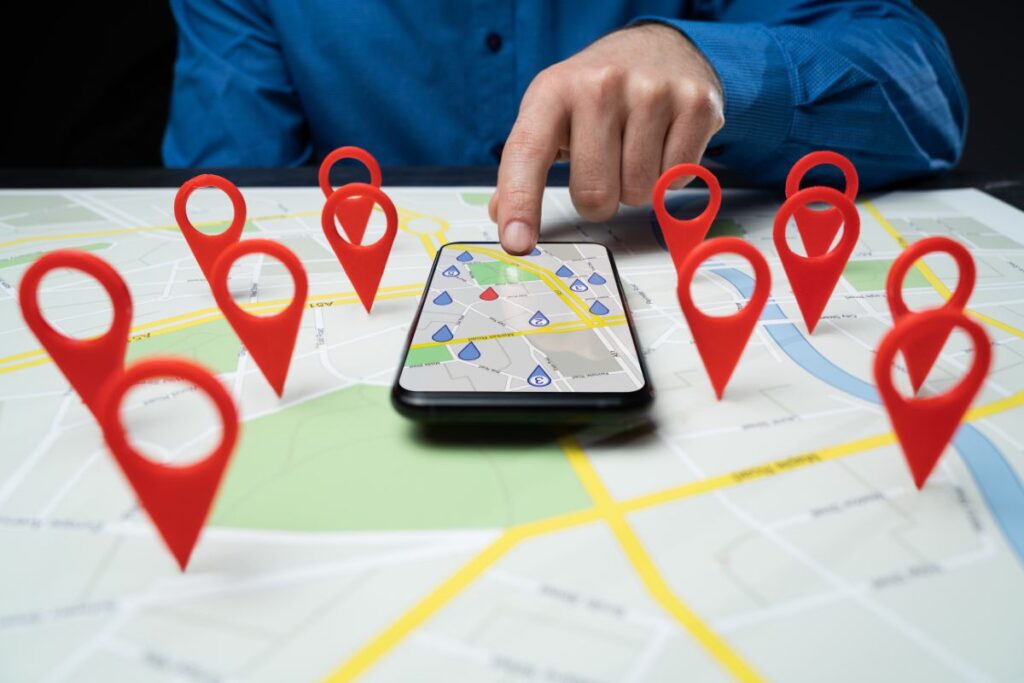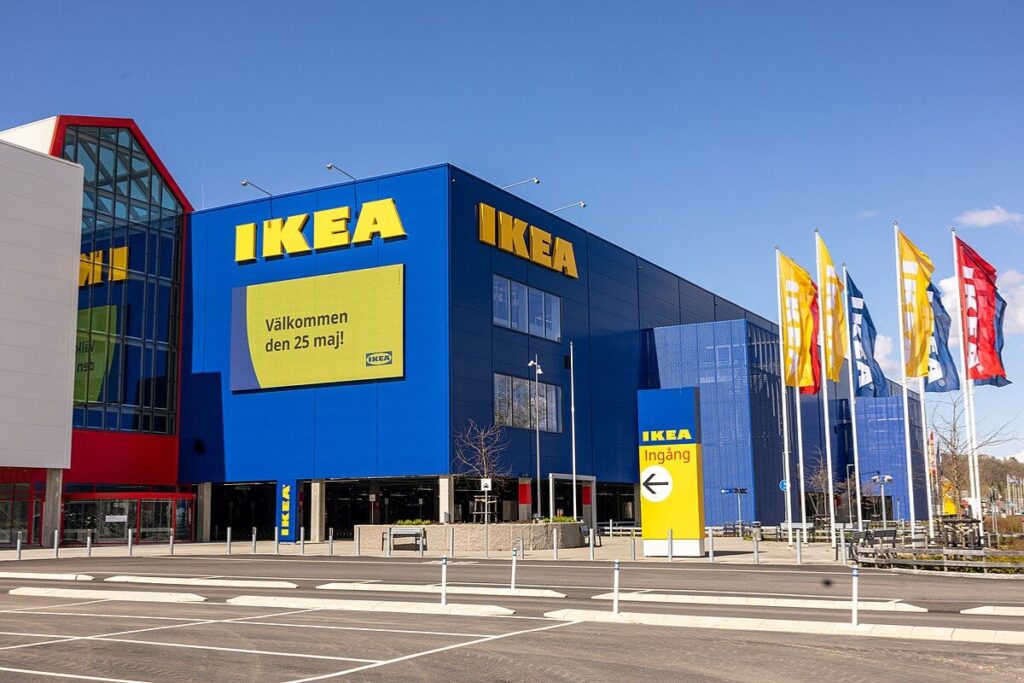In a world where images speak louder than words, the way consumers search is rapidly changing. With smartphones and AI-powered tools enabling users to search using images instead of keywords, visual search has evolved into a powerful trend reshaping the future of digital marketing. As this technology becomes more prevalent, businesses—especially in e-commerce—must prioritize visual search optimization to stay ahead of the competition.
Understanding Visual Search
Visual search allows users to search the web using images rather than text. Platforms like Google Lens, Pinterest Lens, and Bing Visual Search allow users to snap a photo of an item they’re interested in, and receive search results that match or resemble it. This technology relies on machine learning, computer vision, and deep neural networks to interpret images and retrieve relevant data.
For e-commerce brands, this means that your product images need to be discoverable and searchable by machines. The better your visual search optimization, the higher your visibility in image-driven queries.
Why Visual Search Matters in 2025
The numbers don’t lie. According to a recent study by Insider Intelligence, over 60% of millennials and Gen Zers prefer visual search over other methods. Retailers integrating visual search tools have seen a significant increase in conversion rates and average order values. As the trend continues, optimizing for visual search will no longer be optional—it will be essential.

Visual content captures attention faster than text. In 2025, as consumers demand instant gratification and seamless user experiences, visual search optimization will be the key to delivering faster, more relevant results.
Key Industries Leveraging Visual Search
While fashion and home décor are currently leading the charge, many industries stand to benefit from visual search:
- Fashion & Apparel: Enables shoppers to find clothing similar to an outfit they admire.
- Furniture & Home Goods: Allows users to snap furniture in a store or friend’s home to find similar items online.
- Beauty: Customers can search for makeup or skincare products using photos.
- Automotive: Visual recognition can help match car parts or identify vehicle models.
Each of these sectors can enhance customer experience and sales by investing in visual search optimization.
Steps to Master Visual Search Optimization
To capitalize on the rising tide of visual search, companies must adopt a well-rounded SEO strategy that includes the following steps:
1. High-Quality, Relevant Images
Start by ensuring all your product or content images are high-resolution and clear. Avoid cluttered or overly edited images that might confuse AI recognition systems.
2. Use Descriptive Filenames
Before uploading, name your image files descriptively and include target keywords. For example, use “black-leather-handbag.jpg” instead of “IMG12345.jpg.”
3. Add Alt Text with Target Keywords
Alt text helps visually impaired users, but it also plays a crucial role in visual search optimization. Write clear, concise descriptions using relevant keywords.
4. Implement Structured Data
Using schema markup on your product pages helps search engines understand what’s in your images. Include information like price, availability, and brand details to improve visibility.
5. Optimize Image Load Speed
Fast-loading images are critical for both user experience and SEO rankings. Use tools like WebP format and lazy loading to improve site speed.
6. Create an Image Sitemap
An image sitemap tells search engines which images to crawl on your website. This ensures that none of your product or promotional images are overlooked.
7. Use AR and 3D Visualization
Augmented Reality and 3D product visualization offer immersive shopping experiences and are becoming part of visual search technology. Businesses that invest early in these technologies will enjoy better visual search optimization.
Visual Search Optimization on Major Platforms
Different platforms handle visual search differently. Here’s how to enhance your visibility on the most popular ones:

Google Lens
- Ensure your images are indexed by Google.
- Use Google Merchant Center to upload your product data.
- Add schema for product, price, and availability.
Pinterest Lens
- Create visually appealing pins.
- Use keyword-rich descriptions.
- Categorize pins and boards strategically.
Bing Visual Search
- Submit your product feed to Microsoft Shopping Campaigns.
- Optimize your site for Bing’s image crawling protocols.
Being platform-aware ensures that your visual search optimization efforts aren’t wasted.
The Role of AI in Visual Search
AI is the driving force behind visual search. As machine learning algorithms improve, the accuracy and speed of visual search results will increase. In 2025, AI will not just match images to results but anticipate user intent based on past searches, preferences, and behavior patterns. Businesses that leverage AI-enhanced tools for visual search optimization will outperform their competitors in both reach and revenue.
Real-World Examples
- ASOS: The online fashion retailer integrated a visual search feature in its app that lets users upload images to find similar clothing items. This boosted app engagement and product discovery.
- IKEA: Through its app, IKEA enables customers to take photos of home spaces and find matching furniture, using advanced visual search optimization.
- eBay: With its Image Search feature, eBay allows buyers to search listings using pictures. This has proven effective in niche categories like collectibles and electronics.

Challenges in Visual Search Optimization
Despite its promise, visual search comes with challenges:
- Ambiguity in Images: A photo may include multiple objects, making it difficult for AI to determine the focus.
- Limited User Adoption: While growing, not all consumers are familiar with visual search tools.
- Technical Complexity: Implementing visual SEO involves advanced development and a deep understanding of how visual recognition works.
Addressing these hurdles requires continuous education, investment in tech, and strategic content planning.
Also Read:
Business SEO Strategies That Work: 10 Proven Tactics for Higher Google Rankings
Speak Up! Mastering Voice Search SEO Before Your Competitors Do
Let’s Talk Keywords: Crafting Conversational SEO That Ranks in 2025
Lights, Camera, Rank! How to Boost Your Video SEO in 2025
Future Outlook
By 2025, visual search is expected to become a mainstream search behavior. E-commerce platforms that ignore visual search optimization will struggle to attract and retain users. On the other hand, those who master it will benefit from increased visibility, higher engagement, and better conversion rates.
What’s Next?
- Voice + Visual Search: Hybrid searches combining voice commands and visual input will become more common.
- Personalized Visual Feeds: AI will curate search results based on individual preferences.
- Cross-Device Integration: Users will start a search on one device and complete it on another without losing context.
Conclusion
In the competitive world of digital commerce, visibility is everything. As search evolves from text to visuals, businesses must adapt their strategies accordingly. Mastering visual search optimization not only future-proofs your brand but also opens up a more engaging and seamless shopping experience for your customers. Whether you’re an e-commerce giant or an emerging brand, now is the time to get serious about the power of sight.
